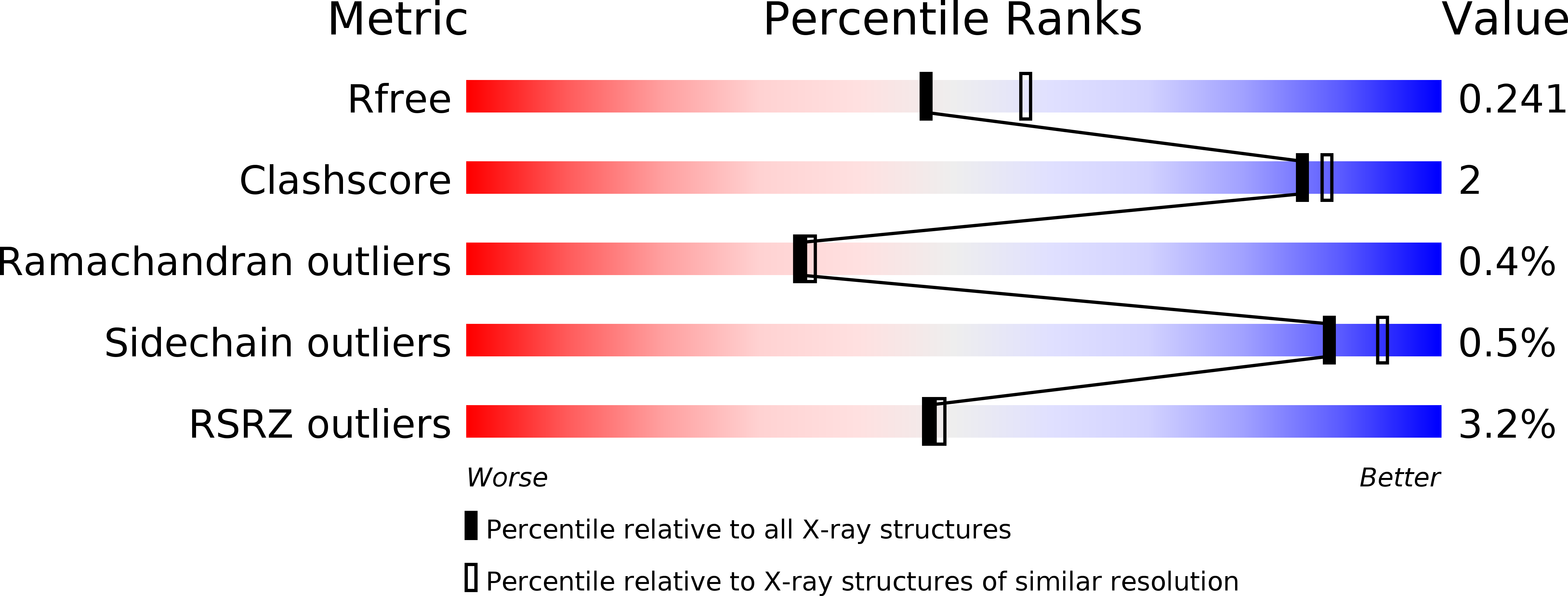
Deposition Date
2014-05-06
Release Date
2014-08-27
Last Version Date
2023-12-27
Entry Detail
PDB ID:
4PHB
Keywords:
Title:
Structure of the polysaccharide lyase-like protein Cthe_2159 from C. thermocellum, Gadolinium derivative
Biological Source:
Source Organism:
Clostridium thermocellum (Taxon ID: 203119)
Host Organism:
Method Details:
Experimental Method:
Resolution:
2.18 Å
R-Value Free:
0.23
R-Value Work:
0.18
R-Value Observed:
0.18
Space Group:
P 21 21 2


